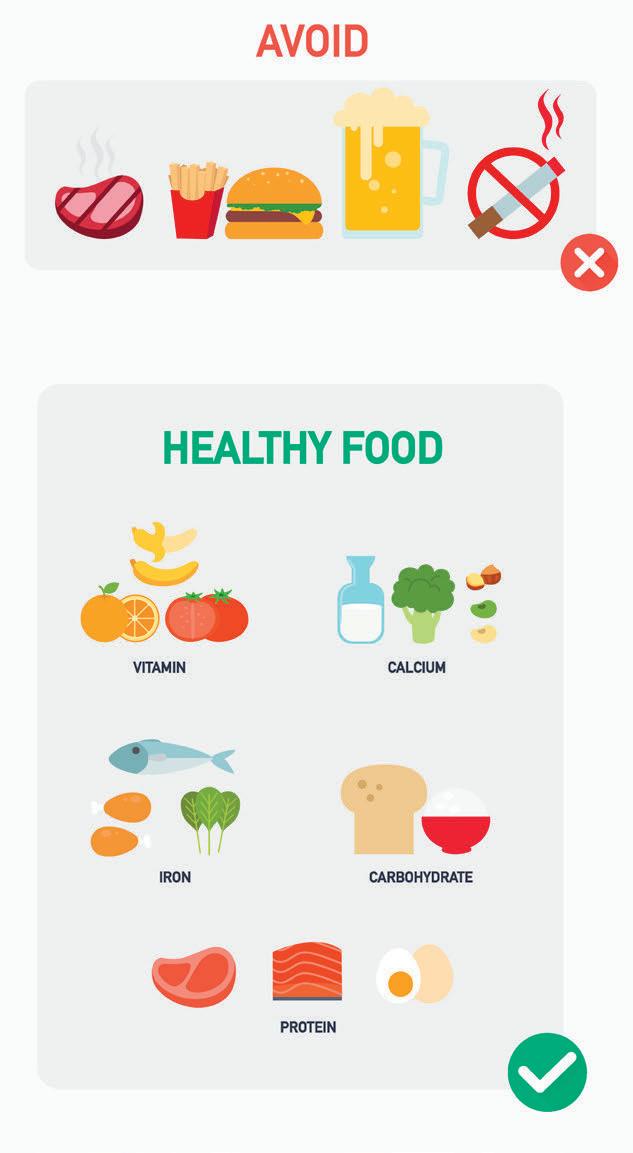
2 minute read
DISCOVER
Contrary to common belief, genetics does not play as significant a role in breast cancer risk factors as does one’s lifestyle; indeed, according to the non-profit, According to BreastCancer. org, a non-profit helping educate women, only 5 to 10 percent of reported cases are inherited. In the general population, 12 to 13 percent of women will develop breast cancer, which comes out to one in eight. With these odds, it’s a good idea to assess your diet and lifestyle to determine your likelihood of developing the disease. The first proactive approach to preventing breast cancer is to perform a monthly self-exam. Stand in front of a mirror that gives you an adequate visual of your upper body. With your breasts uncovered, put your hands behind your neck. Note any abnormalities or differences in the shape of your breasts, as well as any changes in the areas around the nipples. This also includes the skin, be it around the nipples or the breasts in general, such as reddened or scaly patches. Then put your hands on your hips and flex your pectoral muscles, those that support the breasts. Do this standing upright then bend over to discern any changes.
BREAST CANCER
Advertisement
PREVENTION
By Mary Ann Podwall
The risk of breast cancer increases with your weight.
Go into the shower, turn on the tap then feel your breasts by working the fingers on the opposite hand into the opposing topmost part of the breast (right hand on left breast and vice-versa). You are checking for any nodules or lumps as you work your way down to the nipple. Perform this same method along the outer sides of each breast then underneath, always ending at the nipple. The water gives you increased sensitivity when it comes to noting any underlying changes in the tissue. If you are pre-menopausal, wait until a few days after your last period before performing this exam and report any abnormalities to your doctor.
A study by Johns Hopkins University in 2006 linked increased body fat with elevated estrogen levels in post-menopausal women. As far back as 1997, it was noted that older women with higher estrogen levels had a 15 percent greater likelihood of developing breast cancer than those with typical estrogen levels. As international obesity has become a symptom of our increasingly sedentary lives epidemiologists predict that breast cancer rates will increase as well. For example, the U.S. Centers for Disease Control & Prevention estimate that 40 percent of American women are obese, which translates to 18 million of them possibly developing breast cancer. In South Africa, the obesity levels are an alarming one in two for women, as reported by the BBC in 2004, which makes proper diet and exercise of paramount importance in the region.









